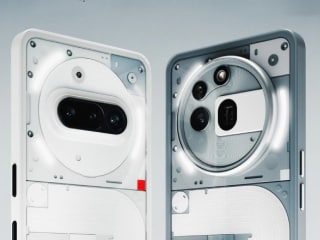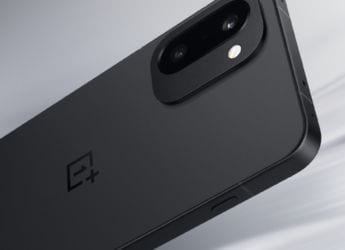OpenAI Partners With Anthropic to Find Safety Flaws in Each Other’s AI Models
The two AI firms said that the science of alignment evaluations is new, and such collaborations prevent blind spots.

Photo Credit: Unsplash/Markus Winkler
GPT-4o, GPT-4.1 and o4-mini were found to be more cooperative with simulated human misuse
OpenAI has partnered with Anthropic for a first-of-its-kind alignment evaluation exercise, with the aim of finding gaps in the other company's internal safety measures. The findings from this collaboration were shared publicly on Wednesday, highlighting interesting behavioural insights about their popular artificial intelligence (AI) models. OpenAI found out that the Claude models said to be more prone to jailbreaking attempts compared to its o3 and o4-mini models. On the other hand, Anthropic found several models from the ChatGPT maker to be more cooperative with simulated human abuse.
OpenAI, Anthropic Find Several Concerns in Others' Models
In a blog post, OpenAI stated that the goal behind this joint exercise was to identify concerning model behaviours that could lead to it generating harmful content or being vulnerable to attacks. Anthropic has also shared its findings publicly, after sharing them with the ChatGPT maker.
OpenAI's findings suggest that Claude 4 models are well aligned when it comes to instruction hierarchy, the ability of a large language model (LLM) to respond appropriately to messages that can create a conflict between being helpful to humans and not breaking the developer's policies. The company said Claude 4 outperformed o3 marginally, and other OpenAI models by a wider margin.
However, the company found Claude models to be more prone to jailbreaking attempts. The risk was said to be higher when the models had reasoning enabled. These models also had a high 70 percent rate of refusals to mitigate hallucinations. OpenAI said the trade-off negatively impacts the utility of the model as “the overall accuracy rate for the examples in these evaluations where the models did choose to answer is still low.”
On the other hand, Anthropic found that GPT-4o, GPT-4.1 and o4-mini models were more willing than Claude models or o3 to cooperate with simulated human misuse. These models were found to comply with requests about drug synthesis, bioweapon development, and operational planning for terrorist attacks.
Additionally, both models exhibited signs of sycophancy towards users. In some cases, they even validated the harmful decisions by users who show delusional behaviour.
In light of the recent lawsuit against OpenAI and its CEO, Sam Altman, for the alleged wrongful death of a teenager by suicide, such cross-examination of major developers' AI models could pave the way for better safety measures for future AI products.
Get your daily dose of tech news, reviews, and insights, in under 80 characters on Gadgets 360 Turbo. Connect with fellow tech lovers on our Forum. Follow us on X, Facebook, WhatsApp, Threads and Google News for instant updates. Catch all the action on our YouTube channel.
Related Stories
- Samsung Galaxy Unpacked 2025
- ChatGPT
- Redmi Note 14 Pro+
- iPhone 16
- Apple Vision Pro
- Oneplus 12
- OnePlus Nord CE 3 Lite 5G
- iPhone 13
- Xiaomi 14 Pro
- Oppo Find N3
- Tecno Spark Go (2023)
- Realme V30
- Best Phones Under 25000
- Samsung Galaxy S24 Series
- Cryptocurrency
- iQoo 12
- Samsung Galaxy S24 Ultra
- Giottus
- Samsung Galaxy Z Flip 5
- Apple 'Scary Fast'
- Housefull 5
- GoPro Hero 12 Black Review
- Invincible Season 2
- JioGlass
- HD Ready TV
- Laptop Under 50000
- Smartwatch Under 10000
- Latest Mobile Phones
- Compare Phones
- Poco F8 Ultra
- Poco F8 Pro
- Huawei Mate 80 RS Master Edition
- Huawei Mate 80 Pro Max
- Huawei Mate 80 Pro
- Huawei Mate 80
- Huawei Mate X7
- Honor 500
- Asus ProArt P16
- MacBook Pro 14-inch (M5, 2025)
- Poco Pad M1
- Poco Pad X1
- Honor Watch X5
- Huawei Watch Ultimate 2
- Acerpure Nitro Z Series 100-inch QLED TV
- Samsung 43 Inch LED Ultra HD (4K) Smart TV (UA43UE81AFULXL)
- Asus ROG Ally
- Nintendo Switch Lite
- Haier 1.6 Ton 5 Star Inverter Split AC (HSU19G-MZAID5BN-INV)
- Haier 1.6 Ton 5 Star Inverter Split AC (HSU19G-MZAIM5BN-INV)

















